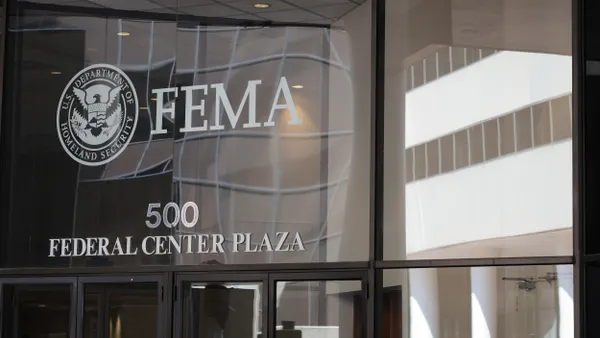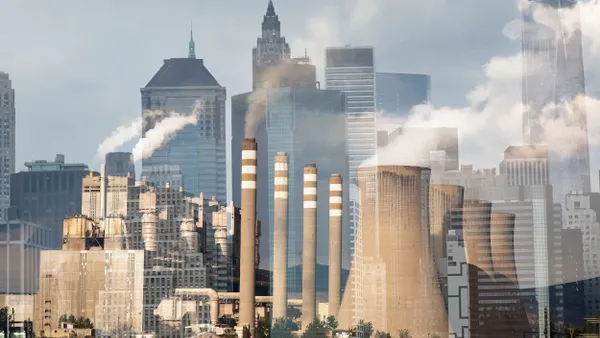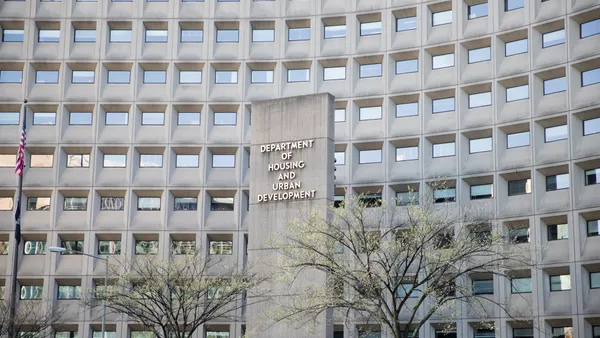Dive Brief:
- New York has approved one of the nation’s most aggressive climate change action plans, setting a goal of a net-zero emissions economy by 2050.
- The bill calls for the state to cut emissions 85% below 1990 levels by 2050 by moving to renewable energy and clean transportation sources. The remaining 15% of emissions would be offset by planting trees, greening infrastructure, and investing in technology to remove carbon dioxide from the air.
- New York currently gets about 60% of its electricity from zero-emission sources; the bill would require that number rise to 70% by 2030 and 100% by 2040.
Dive Insight:
New York joins California, Colorado, Hawaii, Nevada, New Mexico and Washington as states with zero-emission electricity requirements or goals. But New York’s bill goes even further, targeting the state’s transportation mix, buildings and food sector for emission cuts.
Details of how to reach the goals would come from a 22-member "climate action council," required to issue policy recommendations within two years.
Gov. Andrew Cuomo said in a statement that this Climate Leadership and Community Protection Act is "the most aggressive climate change legislation in the nation." It follows action from New York City, including passage of the sweeping "Climate Mobilization Act," which requires skyscrapers to enact aggressive energy efficiency programs.
As the Trump administration has stepped back from climate action and promised to withdraw the U.S. from the Paris Agreement on climate change, states and cities have stepped up to fill the gap. Under an effort led by former New York City Mayor Michael Bloomberg and former California Gov. Jerry Brown, local and state actors are working together on an emissions goal equal to or greater than the U.S. commitment.
According to a 2018 report, those partners already have the U.S. halfway to its Paris goal, poised for a 17% emissions reduction of 2005 levels by 2025. State goals such as New York’s will surely accelerate that progress. On its own, New York represents the 11th-largest economy in the world.
Notably, the bill also incorporates some elements of the federal Green New Deal proposed by Congressional Democrats. That includes explicit language to help disadvantaged neighborhoods, like those with low incomes or where residents are vulnerable to the impacts of climate change. Funding will be earmarked to help those communities, especially in climate adaptation and resilience.
Cities have emerged as the key venues for Green New Deal-type policies since they have the leeway for such ambitious goals. With New York as a model, more states and cities are likely to pick up the Green New Deal language.









